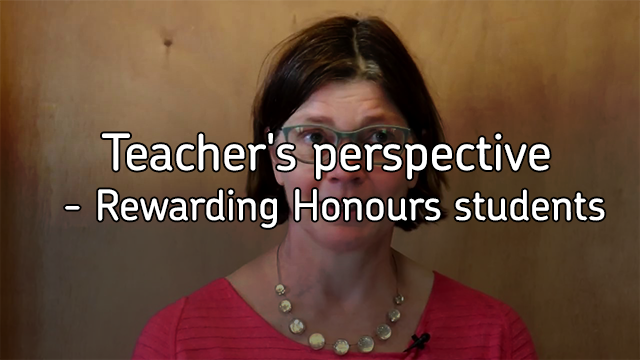How to find a balance between freedom and structure
How can you ensure that activities are rewarding for your talented students while remaining manageable?
One way to achieve this is to “scaffold” their learning proces
You can enable subtitles by pressing the CC icon on the video
It isn’t easy to structure assignments in a way that makes them both challenging and realizable. You must gauge the competence of your students as well as their level of effort and maturity in relation to student activities. At the same time, you have to trust that they can put in the required work. In challenging assignments, you usually work with problems that don’t have a simple solution, and those problems are hard to scaffold effectively. Possible frameworks for scaffolding challenging assignments are the five tutorial functions of Wood, Bruner and Ross (1976):
- Recruiting attention
- Making the task limits manageable
- Maintaining direction
- Controlling frustration
- Modelling the solution
Questions for reflection
1. Which of the above scaffolding functions are most relevant for your students?
2. When are your students ready for more complex assignments?
3. How can you make the assignments feel most relevant to your students?
Wood, D. J., Bruner, J. S., & Ross, G. (1976). The Role of Tutoring in Problem Solving. Journal of Child Psychiatry and Psychology, 17, 89-100.
University College Copenhagen
Kristian Nøhr Jensen – Senior Consultant, University College Copenhagen, Denmark




